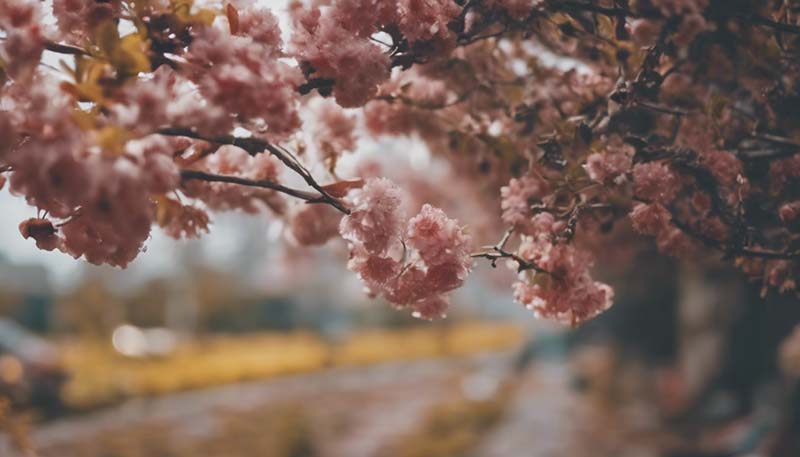The Art of Pruning Seasonal Flowers for Maximum Impact
Maintenance | 2024-02-13
The Art of Pruning Seasonal Flowers for Maximum Impact
Pruning is a delicate balance of science and artistry. It's not just about cutting away dead or overgrown parts; it's about shaping the plant to enhance its beauty and health, ensuring a bountiful display of seasonal flowers. This article will guide you through the principles and techniques of pruning to maximize the impact of your floral arrangements.
Understanding the Basics
Before you pick up your pruning shears, it's important to understand a few basic principles:
- Timing: Pruning at the right time is crucial. For most flowers, this means late winter or early spring before new growth begins.
- Health: Always remove dead, diseased, or damaged growth to prevent the spread of disease and pests.
- Shape: Pruning can be used to maintain or alter the shape of your plants, promoting a more balanced and attractive form.
- Flowering: Different plants respond to pruning in different ways. Some bloom on old wood, while others bloom on new growth, which will determine when and how you prune.
The Pruning Process
Here's a step-by-step guide to the pruning process:
Advertisement
- Assess: Look at the plant and decide what you want to achieve. Are you aiming for a fuller look, or do you want to remove leggy growth?
- Clean: Ensure your pruning tools are clean and sharp. Dull tools can cause damage and spread disease.
- Cut: Make clean, angled cuts just above a bud, leaf node, or branch. Avoid cutting too close to the main stem.
- Remove: Take out any weak, crossing, or inward-growing branches to improve airflow and light penetration.
- Maintain: After pruning, maintain your plants with proper watering and feeding to encourage healthy regrowth.
Pruning for Different Seasons
Pruning requirements vary with the season and the type of flower. Here's a brief overview for some common seasonal blooms:
Spring Flowers
Spring bloomers like lilacs and azaleas should be pruned just after they finish flowering to encourage new growth for the next season.
Summer Flowers
For plants that bloom on new wood, such as roses and hydrangeas, pruning can be done in late winter or early spring to shape the plant and encourage blooming.
Fall Flowers
Chrysanthemums and asters can be pruned back in early spring before new growth starts. However, avoid cutting back too much, as this can reduce the number of blooms.
Special Considerations
Some flowers require special attention when pruning:
- Perennials: Prune perennials by removing spent flowers to encourage more blooms and by cutting back dead foliage in the spring.
- Annuals: Annual flowers are usually replaced each year, but pinching back the tops can encourage bushier growth.
- Evergreens: Evergreens should be pruned with care to maintain their shape without causing stress to the plant.
Pruning Tools
Invest in the right tools for the job:
- Hand Pruners: For small stems and detailed work.
- Pruning Shears: Suitable for medium-sized branches.
- Loppers: For thicker branches that hand pruners can't handle.
- Tree Pruner: A long-reach tool for pruning high branches.
Aftercare
After pruning, it's important to care for the plant to ensure it recovers well:
- Clean Wounds: Apply a pruning sealer or园艺膏 to larger cuts to prevent disease.
- Water: Provide adequate water after pruning to support new growth.
- Fertilize: Use a balanced fertilizer to give the plant a boost post-pruning.
Conclusion
Pruning is an essential skill for gardeners. It's not just about maintaining a neat garden; it's about nurturing your plants to produce the most vibrant and abundant flowers. With practice and patience, you can master the art of pruning for a garden that's the envy of the neighborhood.

Comments